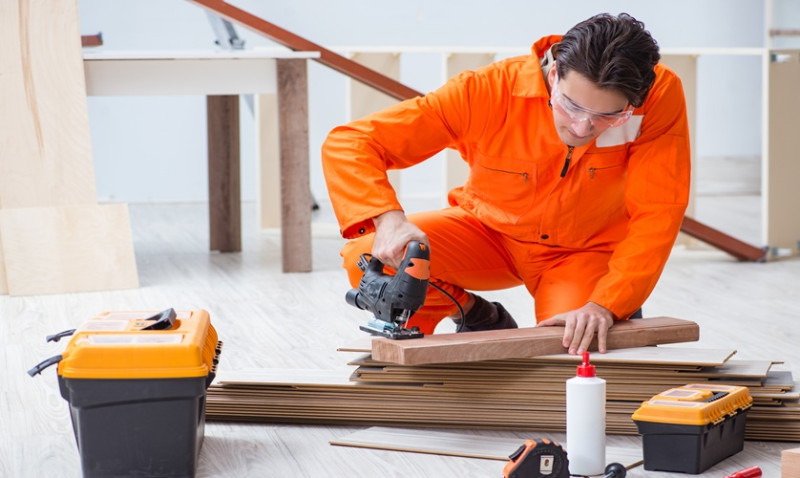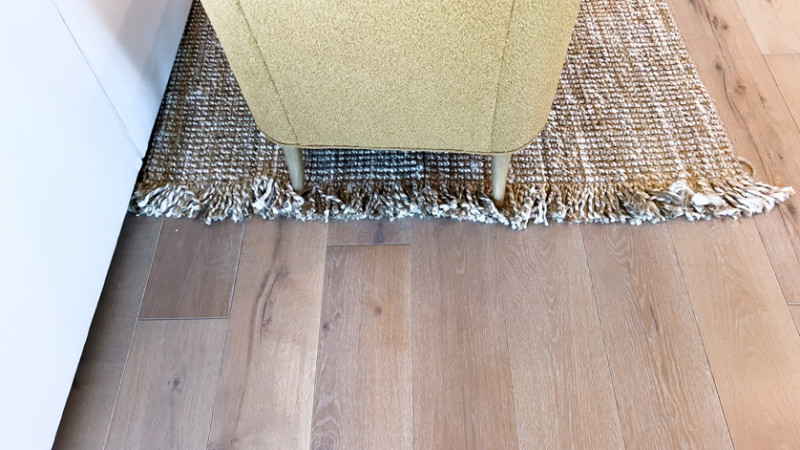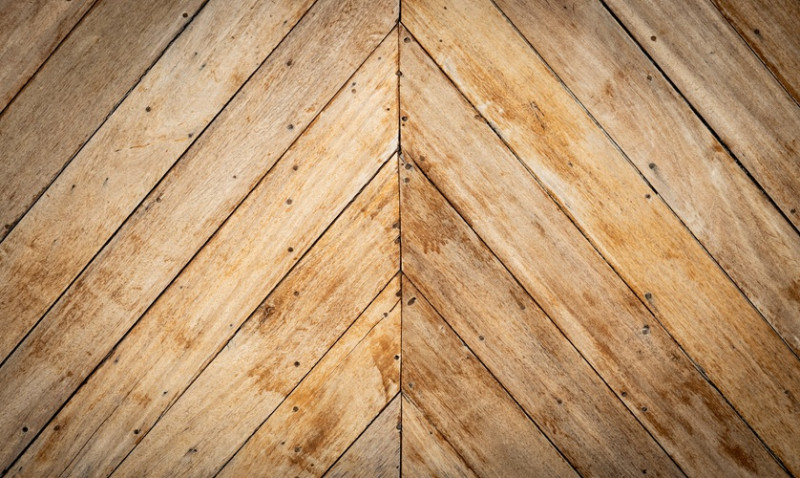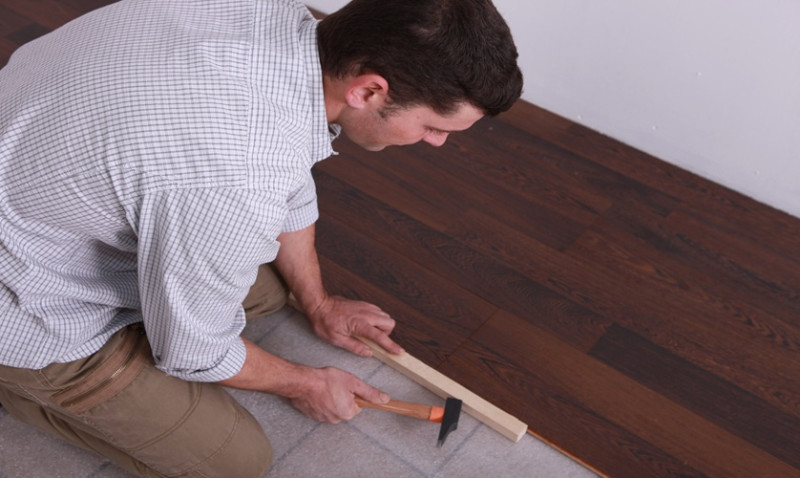
Wood floors bring warmth, style, and timeless appeal to properties across the UK—whether you're a homeowner giving your living room a stylish upgrade, a DIY enthusiast restoring an aged parquet floor, or a tradesperson prepping a site. Finishing your wooden floor with lacquer, oil or varnish not only enhances its natural beauty but also protects it from wear and tear. If you're planning to apply a protective topcoat using a roller, this comprehensive guide will walk you through every step of the process for a flawless finish.
Why Choose Lacquer, Oil or Varnish?
Before you begin, it’s important to understand your finish options. Each type of wood floor finish offers different aesthetics, durability and maintenance needs. Your choice will depend on the look you want, how much wear the floor will endure, and how much maintenance you're willing to commit to.
Lacquer provides a hard, glossy finish that highlights the grain and offers strong protection against scratches and spills. It is ideal for high-traffic areas like hallways and living rooms. When dry, it creates a seal over the wood, stopping moisture from penetrating.
Oil, by contrast, soaks into the wood and enhances its natural texture and tone. It offers a more matte, organic finish and keeps the timber looking authentic. While it’s not quite as hardwearing as lacquer, it’s easier to maintain and re-apply over time.
Varnish sits in between oil and lacquer in terms of finish, offering durability and a range of sheens from satin to gloss. It's a reliable, traditional option that is well-suited for both classic and contemporary interiors.
In the UK, many professionals and homeowners prefer water-based lacquers for their quick drying times and low odour, while oils remain popular for period properties and rustic design aesthetics. Ultimately, the best finish comes down to practicality and personal preference.
Tools and Materials You’ll Need
Proper preparation starts with having the right gear. Below is a list of tools and supplies needed before you get started with rolling on your wood finish:
| Tools & Materials | Purpose |
|---|---|
| Microfibre roller (short-pile) | For applying even coats of lacquer, oil or varnish |
| Roller tray | To evenly load your roller with product |
| Extension pole | To reach far and maintain ergonomics |
| Soft-bristled brush | For edges and corners where rollers can’t reach |
| Floor sander (and sanding pads) | Prepares the wood surface for finishing |
| Vacuum cleaner/tack cloth | Removes all dust before application |
| Masking tape & plastic sheets | Protects skirting boards and adjoining floors |
| Safety gear | Gloves, goggles and mask for protection |
Most of these tools are available from UK DIY stores such as B&Q, Wickes, or Screwfix. For professional-quality finishes, consider investing in a dedicated floor finish applicator over a standard paint roller.
Step 1: Prepare the Surface
Preparation is key to achieving a long-lasting and attractive finish. Start by ensuring your wood floor is clean, dry and smooth. Remove all furniture and cover any door frames or mouldings with masking tape and protective sheeting.
If the floor has an existing finish, you’ll need to sand it back to bare wood. Use a floor sander to go with the grain of the wood, progressing through grits (e.g. 40, 80 then 120) to ensure a smooth surface. Don’t forget to use an edge sander for working along skirting boards and corners.
Once sanding is complete, vacuum the entire area thoroughly and follow up with a tack cloth to pick up any remaining dust. This step is critical as even microscopic debris can cause bubbles or imperfections in the finish.
If you're using oil, keep in mind it's particularly sensitive to residue. The cleaner the surface, the better the oil or varnish will bond and absorb into the timber.
Step 2: Stir the Product – Don’t Shake
When working with lacquer, oil or varnish, always read the manufacturer’s label. Most products need to be stirred thoroughly—but not shaken. Shaking can introduce air bubbles, which may end up in your finish, resulting in an unsightly, uneven surface.
Pour the product into your roller tray in manageable amounts to start. Work in small batches to avoid drying out mid-coat, particularly in larger rooms. For oiled finishes, avoid excessive pooling in the tray, as a little goes a long way.
Make sure room conditions are suitable: temperatures should ideally be between 15–25°C. Ventilation is important to ensure proper drying, but avoid strong air flow or direct sunlight, as uneven drying can cause lap marks or patchiness.
Step 3: Apply the Finish Using a Roller
Start in the corner furthest from the exit, working backwards toward the door. Use the roller to apply the lacquer, varnish or oil in long, even strokes going with the grain of the wood.
Work in sections of about 1–2 square metres at a time. Use a soft-bristled brush to cut into edges and borders, then immediately roll over with your microfibre roller before drying to maintain consistency.
Keep a ‘wet edge’—meaning you apply the next section while the previous is still wet—to avoid lap lines. Do not press too hard on the roller; let the roller glide, evenly distributing the finish.
Depending on your product, the drying time between coats will range from 2 to 12 hours. Refer to the product instructions for guidance on when to recoat. Water-based lacquers typically dry faster than solvent-based varnishes or oils.
Apply 2–3 coats for best results, lightly sanding with 150-180 grit after the first coat for a silky-smooth finish. Always allow full drying between coats and remove dust before the next application.
Step 4: Final Drying and Curing Period
Once your final coat is applied, resist the urge to walk on the surface. Most finishes require 24 hours for light foot traffic, but full curing can take up to 7 days, depending on temperature and humidity.
During this time, avoid replacing furniture, laying rugs, or cleaning with water or detergents. Let the finish bond properly with the wood. Failure to observe the curing period can lead to premature wear or peeling.
With oil finishes, remember that the floor may need minor top-ups over the years. Simply clean, abrade lightly and reapply oil to worn patches—a great advantage for long-term care.
Lacquers and varnishes, while more durable, may need sanding and recoating after several years of use, depending on foot traffic and maintenance.
Pro Tips for a Perfect Finish
- Always test the product on a small, inconspicuous area of your floor before full application.
- Maintain consistent lighting while working to spot overlaps or missed patches immediately.
- Switch to a fresh roller cover for the final coat to avoid contamination from previous layers.
- Don't forget to clean your tools thoroughly post-application. Some finishes require white spirit, while others just need warm water.
Keep pets and children away from the area for the full drying time. For long-lasting results, consider adding furniture felt pads and area rugs in high-traffic zones once the floor is fully cured.
Conclusion: Elevate Your Floor with Confidence
Whether you choose lacquer for a sleek and polished look, oil for a natural touch, or varnish for traditional durability, applying a wood floor finish with a roller is a satisfying DIY project that delivers professional-looking results.
By closely following preparation and application steps, and selecting a quality finish suited for your lifestyle and design preferences, you can protect and enhance your wood flooring for many years to come.
Ready to get started? Visit your local UK wood flooring specialists or online suppliers such as Wood Finishes Direct or Floor Finishes UK to choose the right product for your space. With patience and the right tools, a beautifully finished floor is well within reach.






